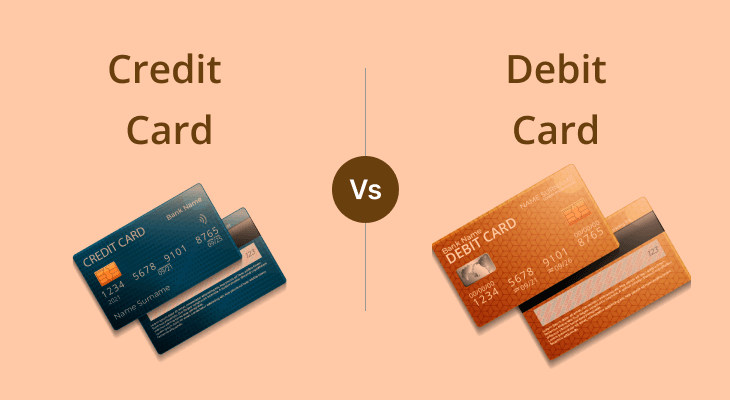Credit cards and debit cards are both popular payment methods used by people all around the world. While they may look similar, there are significant differences between the two that everyone should be aware of. In this article, we will explore the key differences between credit cards and debit cards to help you make informed decisions when choosing between the two.
What is a Credit Card?
A credit card is a payment card that allows the cardholder to borrow funds from a financial institution to make purchases. The cardholder can use the credit card to pay for goods and services, and the amount spent is considered as a loan that needs to be repaid at a later date. Credit cards come with a credit limit, which is the maximum amount of money that can be borrowed using the card.
What is a Debit Card?
On the other hand, a debit card is a payment card that is linked to the cardholder’s bank account. When a purchase is made using a debit card, the amount is deducted directly from the cardholder’s checking account. Unlike credit cards, debit cards do not allow the cardholder to borrow funds – instead, they can only spend the money that is available in their bank account.
Key Differences
- Source of Funds
- Credit Card: The funds used to make purchases with a credit card are borrowed from the issuing financial institution. The cardholder is required to repay the borrowed amount along with any applicable interest charges.
- Debit Card: The funds used to make purchases with a debit card come directly from the cardholder’s bank account. There is no borrowing involved, and the cardholder can only spend the money that is available in their account.
- Overdraft Protection
- Credit Card: Credit cards do not offer overdraft protection since the cardholder is borrowing funds that need to be repaid. Any purchases made beyond the credit limit may result in fees and penalties.
- Debit Card: Debit cards may offer overdraft protection, allowing the cardholder to make purchases even if there are insufficient funds in their account. However, this service may come with additional fees and charges.
- Interest Charges
- Credit Card: Using a credit card involves paying interest charges on the borrowed amount if the balance is not paid in full by the due date. Interest rates on credit cards can be high, making it essential to manage credit card debt responsibly.
- Debit Card: Since debit cards use the cardholder’s own money, there are no interest charges involved. However, some banks may charge maintenance fees or transaction fees for using a debit card.
- Building Credit History
- Credit Card: Using a credit card responsibly can help build a positive credit history. Timely payments and low credit utilization can improve the cardholder’s credit score, making it easier to qualify for loans and other financial products in the future.
- Debit Card: Debit card transactions do not impact the cardholder’s credit score since they are not borrowing any funds. As a result, using a debit card does not help build credit history.
Conclusion
In conclusion, credit cards and debit cards have their own set of advantages and disadvantages. Understanding the key differences between the two can help you make informed choices based on your financial needs and goals. Whether you prefer the convenience of a credit card or the simplicity of a debit card, it is essential to use these payment methods responsibly to avoid debt and financial hardship.


